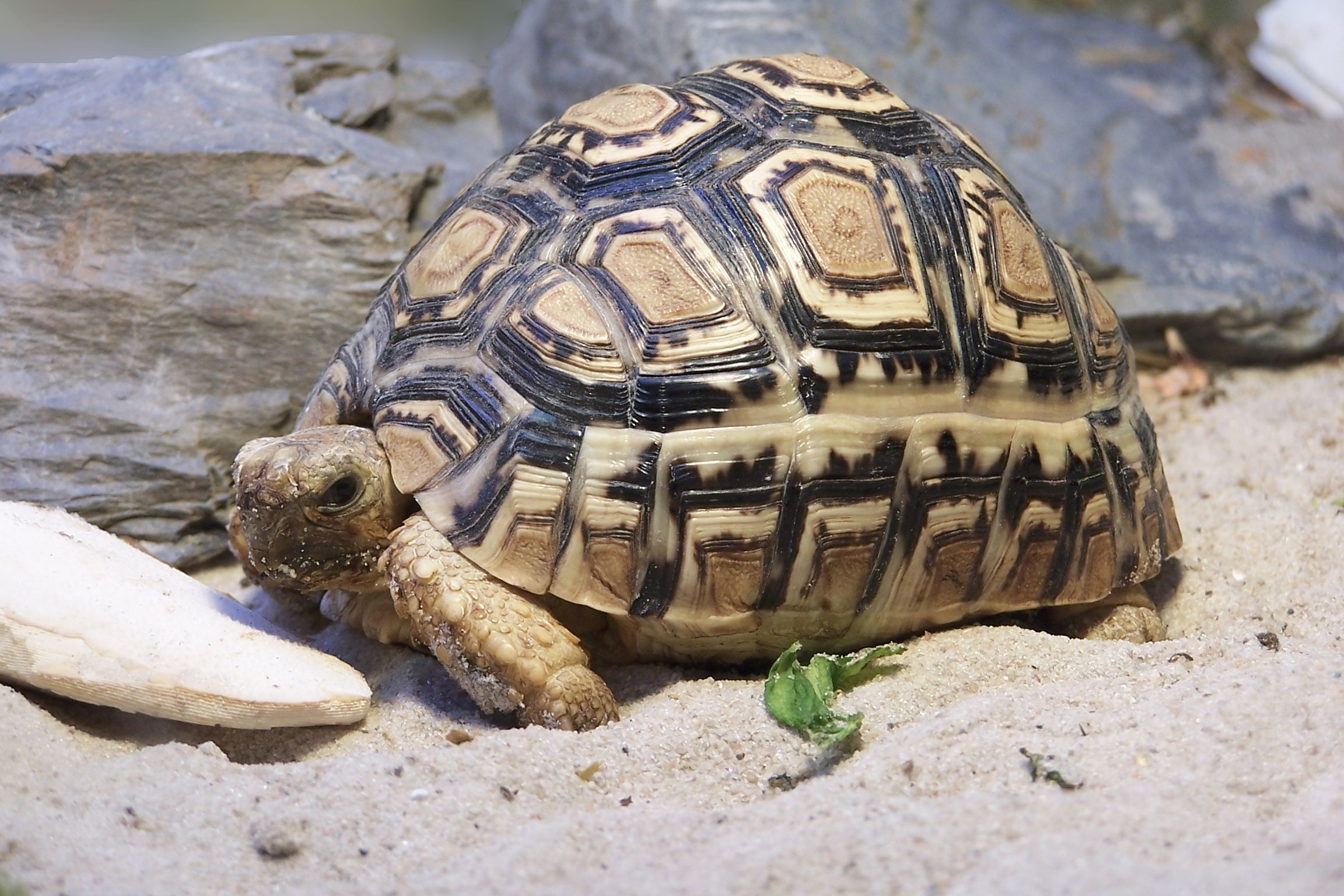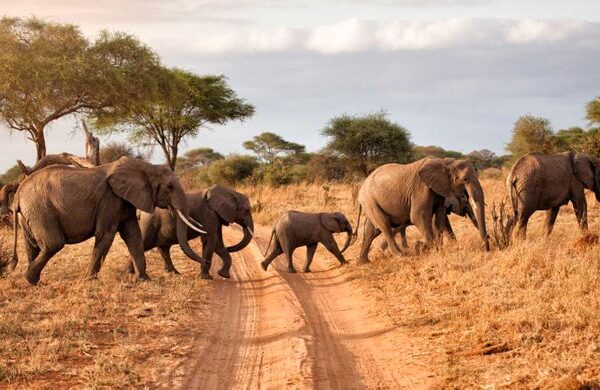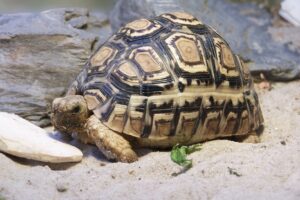
Leopard tortoise. Photo by Berthold Werner.
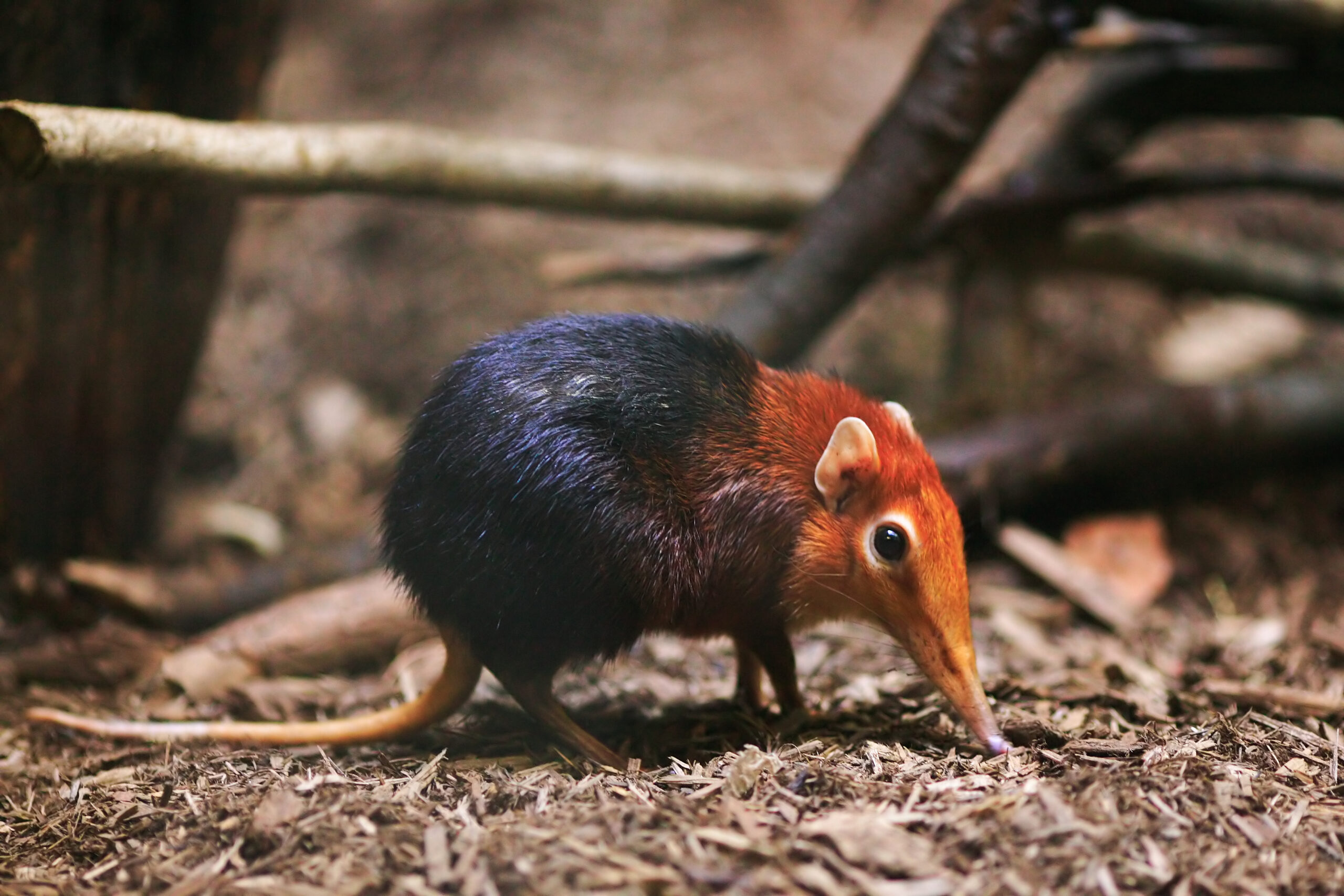
Elephant shrew. Photo by Joey Makalintal.
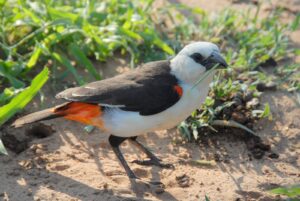
White-Headed Buffalo Weaver. Photo by Rob Fabry.
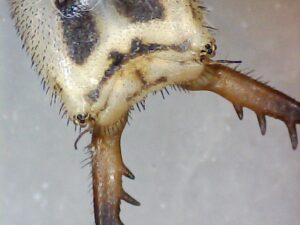
Antlion larvae. Photo by Assianir.
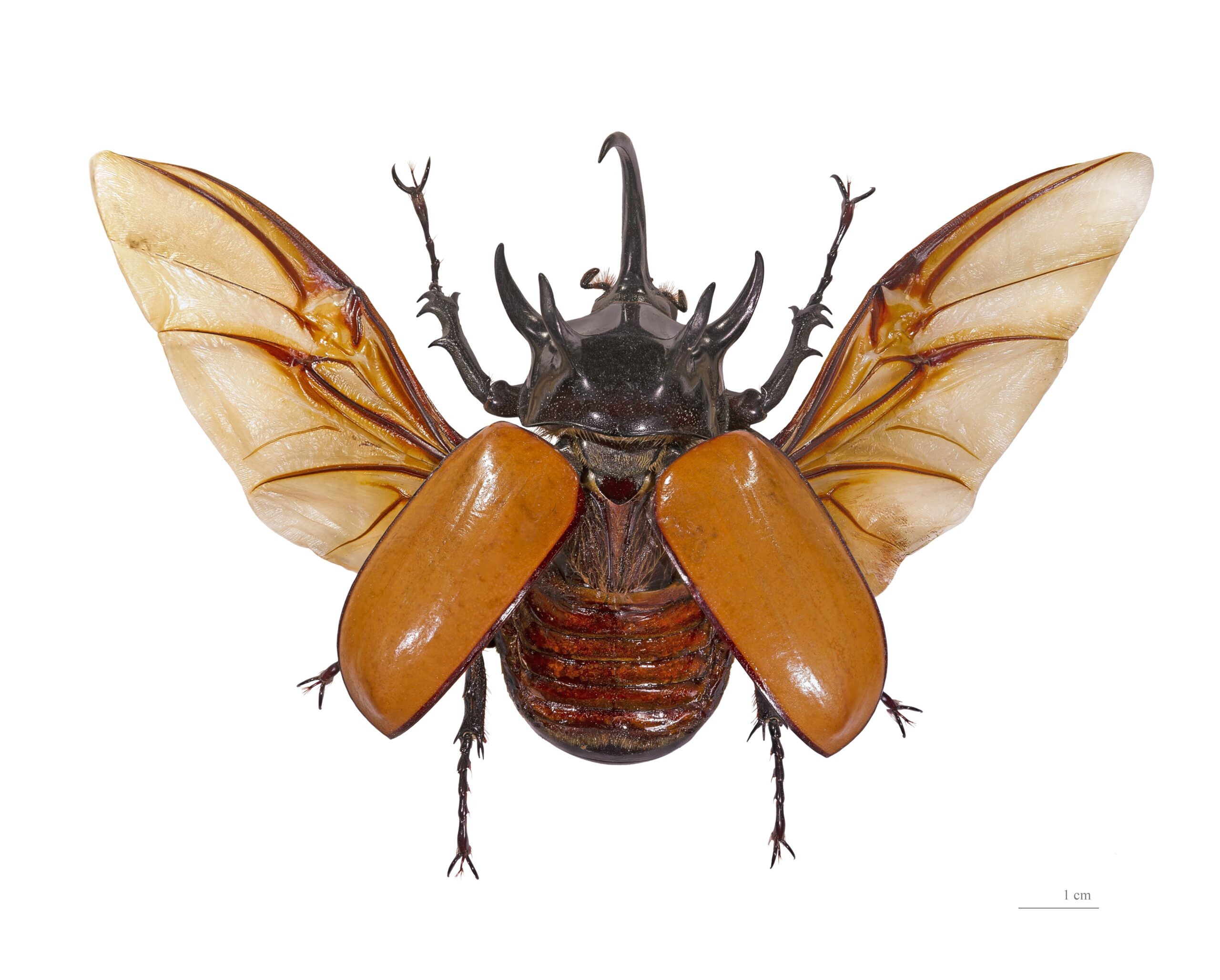
Rhinoceros beetle. Photo by Didier Descouens.
Following up on our alternatives to classic “Big Five” of the animal kingdom, we present the “Tiny Five” of African wildlife — miniature creatures that mimic certain characteristics or behaviors of their full-sized doppelgangers.
With lots of attitude, armor-like outer shells and twin horns used for fighting other males, it’s easy to see how the Rhinoceros Beetle got its name.
The Elephant Shrew features an elongated snout that closely resembles an elephant’s trunk. In addition to using it to sniff out dangers and potential mates, the snout can also be used to snatch and carry edibles in a most elephant-like manner.
Spots are the common denominator between the Leopard Tortoise and the big cat. The world’s fourth largest tortoise species, adult males can weigh up to 120 pounds. Their carapace (shell) is decorated with black and yellow rosettes not unlike those found on a leopard.
On the other hand, the Antlion doesn’t look anything like the big cat that inspired its name. Rather the moniker of this dragon-fly-like creature derives from the ferocious predatory nature of its larvae.
Last but not least among the small fry, the White-Headed Buffalo Weaver doesn’t look or act anything like one of a big, grumpy African buffalo. This time the name reflects the fact that the attractive white, black and orange bird hangs around buffaloes to munch insects stirred up by the larger animals’ movement through the grass.
While they are obviously a lot harder to spot than the full-sized Big Five, try adding the Tiny Five to your checklist on your next Elewana safari in East Africa.
